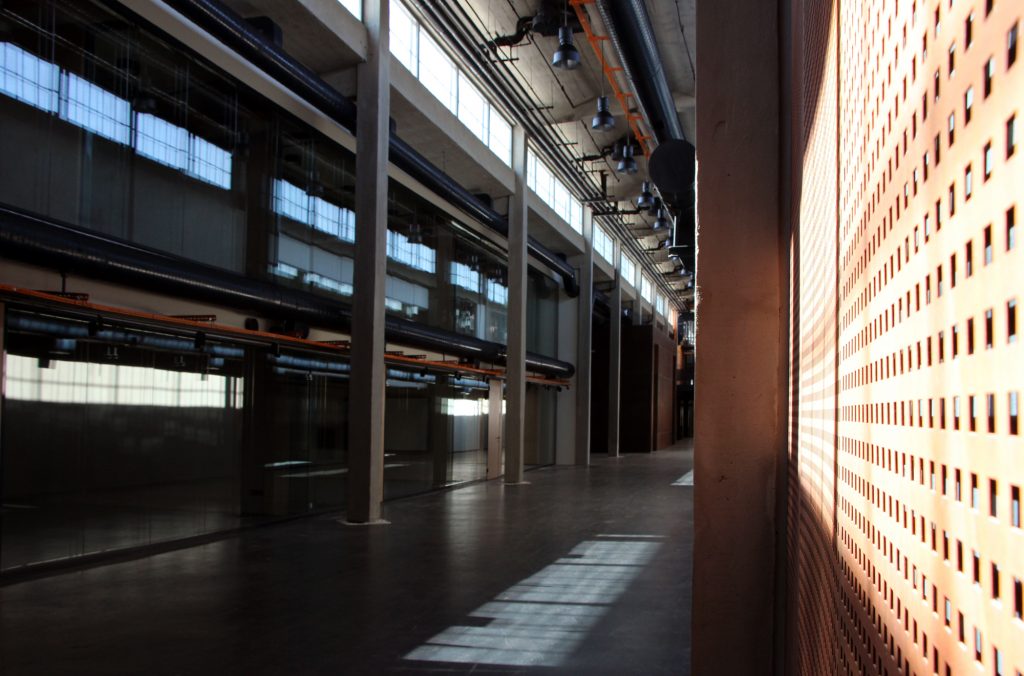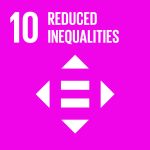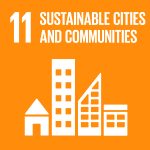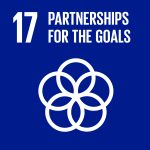Architectural Design
for Pluralist Society
Description
Institution
Abdullah Gül University
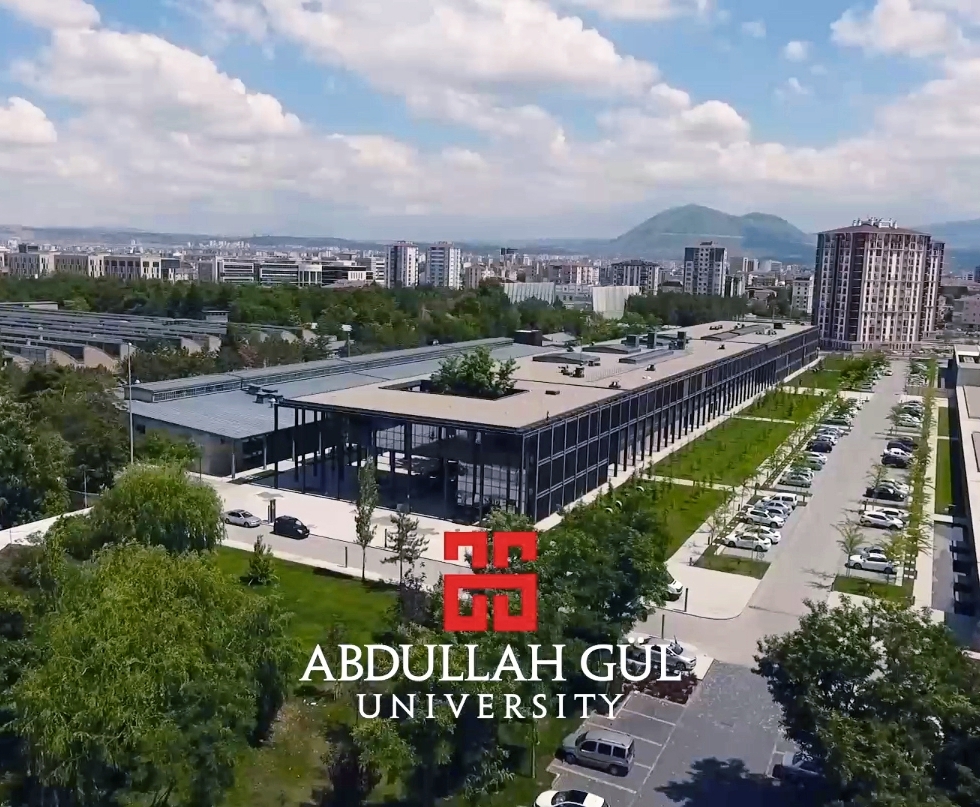
Organizations/areas of the university involved
Architecture and Urbanism Education
Country
Turkey
Architectural Design for Pluralist Society – Students define the concept of the space of participation for pluralist urban governance that leads the society much more representative and collaborative in all forms.
Based on mobility and pluralism, social order and representation in democratic form has been transforming in recent decades. Reduced in equalities, gender equality, and peace, justice and strong institutions are getting much more critical issues in society and democracy, as leading sustainable development goals of UN. In this scope, it is aimed to design an innovative and collaborative City Hall for governance of 21th century that society in all forms with municipal and national governance, stake holders, and national and international funds in Kocasinan, Kayseri.
Students, based on their analyzes on place and local / global issues, should define the concept of the space of participation for pluralist urban governance that leads the society much more representative and collaborative in all forms, and a leading participant of new and sustainable democratic order . The success of the proposal is related with how this unit foster new perspectives in local and global way and improve new social, spatial, cultural and economic co-operations and collaborations. Students have to think and develop new architectural perspectives and technologies based on their design concept and sustainable issues. It has been also expected from the students to consider the local and global aspects in design as well as the improvement the economy with collaboration and integration.
1) This is a Capstone Design Project for the students of Department of Architecture
2) In this scope, it is aimed to design an innovative and collaborative City Hall for governance of 21th century that society in all forms with municipal and national governance, stake holders , and national and international funds in Kocasinan, Kayseri.
3) The process consists of City Level Analyzes, Land use Decisions, Conceptual Design Idea; Building envelope design proposals with sections and elevations – Schematic 3D representations
4) To develop a global attitude in design by using local problems as a reference for global issues.
The instructor Team: Prof. Burak Asiliskender, Assist. Prof. Buket Metin, Assist. Prof. Nisa Semiz, Lecturer, PhD Sinan Akyüz, Res. Asst. Aslıhan Atılgan.
Results and impact measured or expected
• To be able to understand the urban functions and redefine them.
• To develop a global attitude in design by using local problems as a reference for global issues.
• To comprehend the social and physical aspects of the urban form and the existing buildings and consider to them as a design input.
• To comprehend the interactions of the society and urban fabric.
• To examine the formation of the space through material/structure and space/place interactions.
• To develop alternative ways of thinking in terms of research by design.
• To conceptualize the design problem and communicate the idea by using different means of expression.
Connection with the SDG framework
This Course related to several SDGs such as SDG 10, SDG 11, SDG 17. Through this course we aim to teach trough design thinking for making cities and communities more inclusive and sustainable. Our design concept aims to support strong institutional capacities as well as providing opportunities for partnership in public sector and civil society. Finally, we focus on equality within and among countries since it is a persistent cause for concern.
For more details of SDG education at AGU: https://sustainability.agu.edu.tr/un-sdgs-agu
Barriers and follow up
Our biggest carrier is the Covid-19 pandemic related restriction; and lockdown of educations facilities across the country. We overcome this through online teaching methods. Furthermore, due to online methods it was difficult to encourage student to actively participate the role plays and discussions which were at the core of the teaching process. We overcome this problem weekly discussion groups based on particular books and documentaries as well as Personal Development Activities Weeks (PDA). In PDAs students were free to do any work on their research topic outside of the lecture.
Transferability of the initiative
We think integration of SDGs concepts to the design studios in Architecture is a necessity; since the SDGs constructed upon global concepts therefore, we can both scale up and geographically distribute our studio model.
For more detail of SDG education at AGU:
https://sustainability.agu.edu.tr/un-sdgs-agu
Also: https://sustainability.agu.edu.tr/un-sdgs-agu
Education 4 SDG funciona gracias a WordPress
